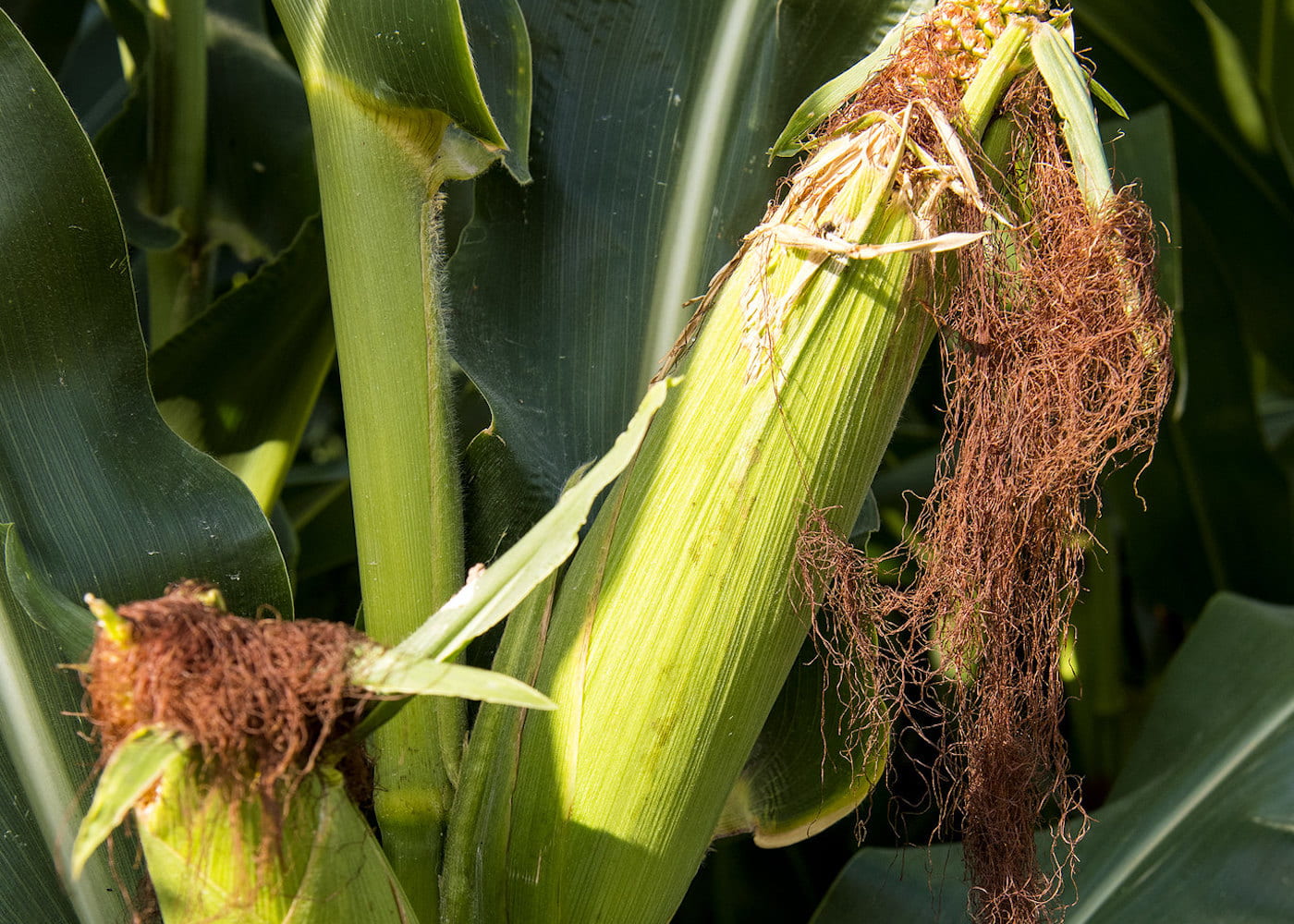Machine Learning Leads to First-Ever High-Resolution Statewide Forest Canopy Cover Dataset

The Problem
Until recently, measurements of forest coverage were limited to a 30-meter spatial resolution. Higher resolution measurements were called for to provide finer, more detailed and accurate analysis of the aerial-view tree coverage of the state to give foresters more information on overall forest health.
The Work
Hamdi Zurqani, assistant professor for the College of Forestry, Agriculture and Natural Resources at the University of Arkansas at Monticello and a researcher with the Arkansas Agricultural Experiment Station, generated 1-meter spatial resolution maps using machine learning techniques and the Google Earth Engine.
Machine learning is a field of artificial intelligence that allows computers to apply data and algorithms to improve their performance without needing to be programmed. Google Earth Engine is a cloud-based platform for geospatial analysis and provides users with satellite images of the globe.
Zurqani used high-resolution aerial imagery from the National Agriculture Imagery Program, administered by the U.S. Department of Agriculture, within a machine learning algorithm to analyze them through Google Earth Engine. This produced a dataset of forest canopy cover, or the upper layer of branches, leaves and vegetation, for the entire state of Arkansas.
The Results
Zurqani’s forest canopy cover dataset shows a more precise set of data for all of Arkansas’ 75 counties. With greater precision, users can more effectively monitor changes in forest health and enhance conservation by targeting exposed areas where forest coverage is plagued by diseased trees.
The Value
The new map yields more accurate and detailed measurements of the state’s overall forest health, a key indicator for efforts in carbon sequestration, wildlife management and water regulation, as well as urban planning. With the U.S. Forest Service reporting that the forest industry contributes over $6 billion to Arkansas’ economy, maintaining health of the state’s forest resources is crucial.
Zurqani also sees value in the study’s ability to translate to all 50 states and other regions globally to aid in forest management and conservation. Moreover, Zurqani has illustrated the power and capability of machine learning and cloud calculations as they relate to producing high-resolution data.
Read the Research
High-Resolution Forest Canopy Cover Estimation in Ecodiverse Landscape Using Machine Learning and Google Earth Engine: Validity and Reliability Assessment
Remote Sensing Applications: Society and Environment
Volume 33 (2024)
https://doi.org/10.1016/j.rsase.2023.101095
About the Researcher
Hamdi Zurqani
Assistant Professor of Geospatial Science
Ph.D. in Forest Resources, Clemson University
M.S. in Agricultural Sciences, University of Tripoli
B.S. in Agricultural Sciences, University of Tripoli




